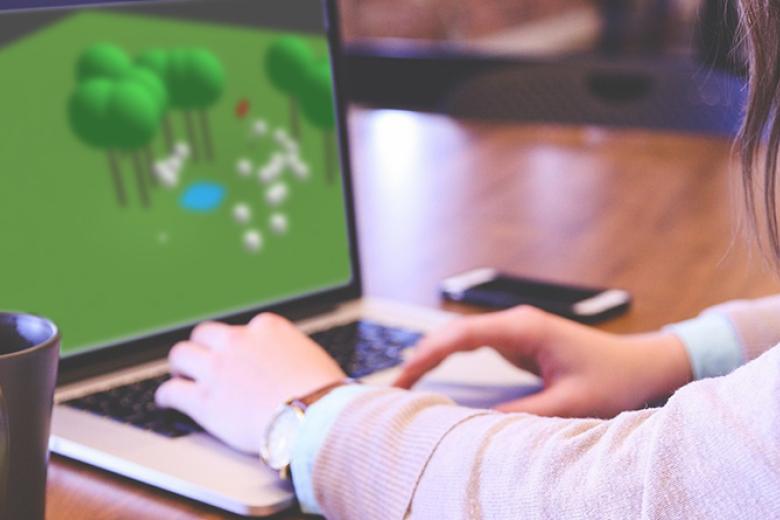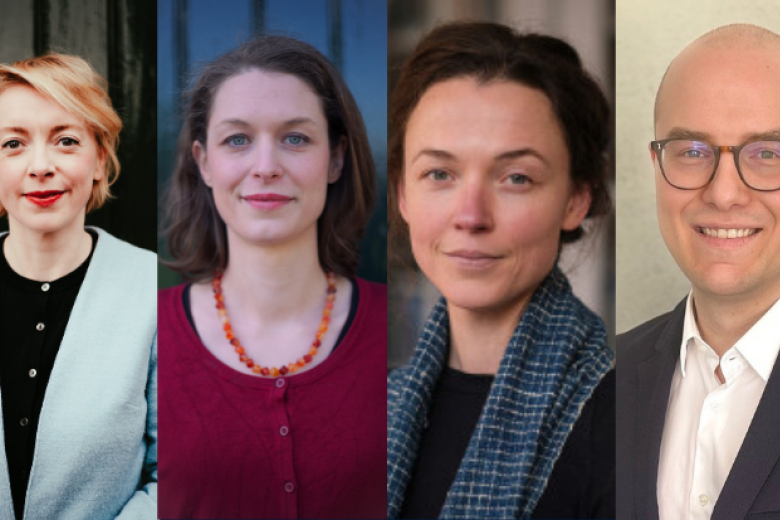SBE Researchers showcase Augmented Reality on UM's doorstep
If you went to the local café chain “Coffee Lovers” in Maastricht right before the pandemic hit, you might remember research assistants approaching you with iPads to allow you as a customer to experience Coffeelovers’ menu in Augmented Reality: Holograms of coffee, cake, or muffins being projected on a table in front of you, so realistic that it leaves you wanting more.
If you experienced this, you were subject to a series of field experiments conducted by researchers from the SBE that are part of the “Augmented Research” group and have specialized in research on digital technologies, such as Augmented and Virtual Reality.
In this project, they wanted to identify how AR can help consumers to overcome so-called “imagination gaps” when making decisions about and purchasing products. The collaboration on this research project between Coffee lovers and SBE aimed to study how AR can help restaurants and cafés to better promote their food and drinks!
Many firms use AR that projects lifelike product holograms into the physical environment to assist customers in bridging so-called “imagination gaps,” which can arise on their path to purchase. However, research has not yet studied whether and how AR might help customers address two pertinent sources of such imagination gaps:
- Increased cognitive load when evaluating multiple products together (e.g., in a bundle) and
- extended physical distance to the point-of-sale (e.g., out-of-store, at home).
Building on the “mental imagery theorizing” framework, the researchers explain how AR supports customers in bridging these gaps. Through a series of field and experimental studies, they evidence effects on customer purchase intentions and behaviour. Specifically, the project group can show that AR-generated imagery of bundled (versus individual) products enhances intended and actual purchases at the point of sale. Furthermore, when deployed at distant points in the purchase funnel (out-of-store, at-home), AR increases purchases through improved self-projection, described as the psychological mechanism customers use to mentally bridge distance to the point-of-sale.
The SBE research team qualifies this mediating mechanism through an important moderating process, where the effect of AR-generated imagery on self-projection is suppressed for customers with a holistic (versus analytic) thinking style.
| The research group acknowledges and thanks the DEXLab for providing digital equipment that was used during the data collection for this project. |
Also read
-
Engaging parents in AI: Maastricht University strengthens science literacy in Limburg
How can parents gain a better understanding of what artificial intelligence (AI) means for their child’s education? At Maastricht University, Martijn Boussé and colleagues are launching an innovative project that actively involves parents of secondary school pupils in Limburg in the development of...

-
Rivier Atelier: an ode to the Geul
Those who stroll beside the Geul are usually unaware that along the banks of this meandering river unfolds a story of water, history and hope for the future. This landscape, bursting with history and culture, is home to ‘Rivier Atelier’: a project led by Claartje Rasterhoff and Christian Ernsten in...

-
Four FASoS researchers awarded prestigious NWO Veni grants
We are proud to announce that Simone Schleper, Flora Lysen, Laura Ogden, and Mirko Heinzel, have each been awarded a Veni grant by the Dutch Research Council (NWO).
